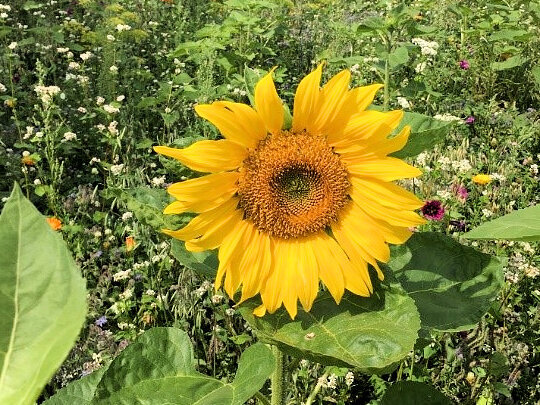About 1% of German arable land is currently used as flower strips, which are primarily intended to contribute to higher biodiversity in agroecosystems. Until now, little was known about biomass production and soil carbon storage in the colorful strips. A new study has now examined 23 flower strips across Germany in more detail for the first time. These data were applied to model assessments at more than 1500 sites of the German Agricultural Soil Inventory to make model-based estimates of soil carbon evolution. On average, soils under flowering strips could store about 0.5 tons of additional C per year.
Scroll to top

![[Translate to English:] [Translate to English:]](/media/_processed_/6/4/csm_titel_CO2Kampagne8_afeea2273e.png)
![[Translate to English:] [Translate to English:]](/media/_processed_/4/1/csm_titel_93px_CO2Kampagne8_9b0f3354d4.png)






